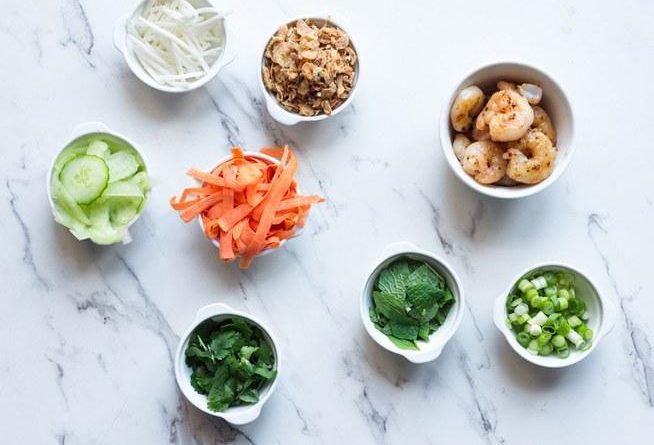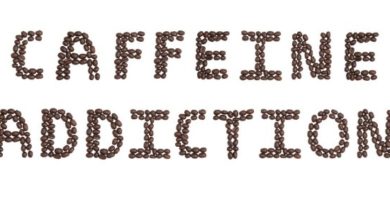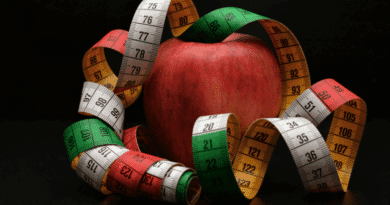5 Tricks To Manage Mealtime Portion Control
Mastering portion control is your secret weapon for achieving your weight loss goals. It’s the difference between feeling frustrated and finally taking charge of your health.
You can finally stop guessing and start seeing results.
As a certified sports nutritionist and personal trainer, I’ve seen countless people struggle with this single concept. I didn’t want to give you the same old advice you’ve read a thousand times. Instead, I want to give you practical, data-backed tricks to manage your mealtime portion control for good.
Disclaimer: This article is for informational purposes only and is not meant to treat or diagnose any condition. It is recommended that you speak with your doctor before starting any exercise program, changing your daily nutrition, or adding any supplements to your regimen.
Table of contents
Key Takeaways
- Portion control involves managing how much food you eat to align with your health and weight loss goals, not just following generic serving sizes.
- Factors like your age, activity level, and metabolism mean that your ideal portion sizes are unique to you.
- Simple tricks like using smaller plates, avoiding eating from bags, and splitting restaurant meals can dramatically reduce calorie intake.
- Mindful practices, such as eating without TV distractions and scoping out buffets before you grab a plate, prevent overeating.

What Does Portion Control Mean?
Portion control is simply being mindful of how much food you choose to eat at one time. It’s about aligning the amount of food on your plate with your body’s actual needs and your specific weight management goals.
This is different from a “serving size,” which is a standardized amount you see on a nutrition label. Research from the National Institutes of Health (NIH) shows that portion sizes, especially in restaurants, have steadily increased over the decades, making it easy to overeat without realizing it. The goal of portion control is to take back control, ensuring you get the right amount of nutrients without the excess calories that lead to fat storage.
Here are a few proven strategies to get started:
- Use Visual Guides: A simple and effective method is the USDA’s “MyPlate” model. Aim to fill half your plate with vegetables, a quarter with lean protein, and a quarter with carbohydrates.
- Measure Your Food: You don’t have to do it forever, but using a food scale, like a popular digital model from Etekcity, for a week can recalibrate your eyes to what a true portion looks like.
- Listen to Your Body: Pay attention to your body’s hunger and fullness signals. Drinking a glass of water before a meal can help you feel fuller and prevent overeating.
- Use Your Hands: When tools aren’t available, your hands provide a consistent measure. The Mayo Clinic suggests using your palm to estimate a 3-ounce serving of protein or your fist for a cup of pasta.
Does Portion Control Change for Everyone?
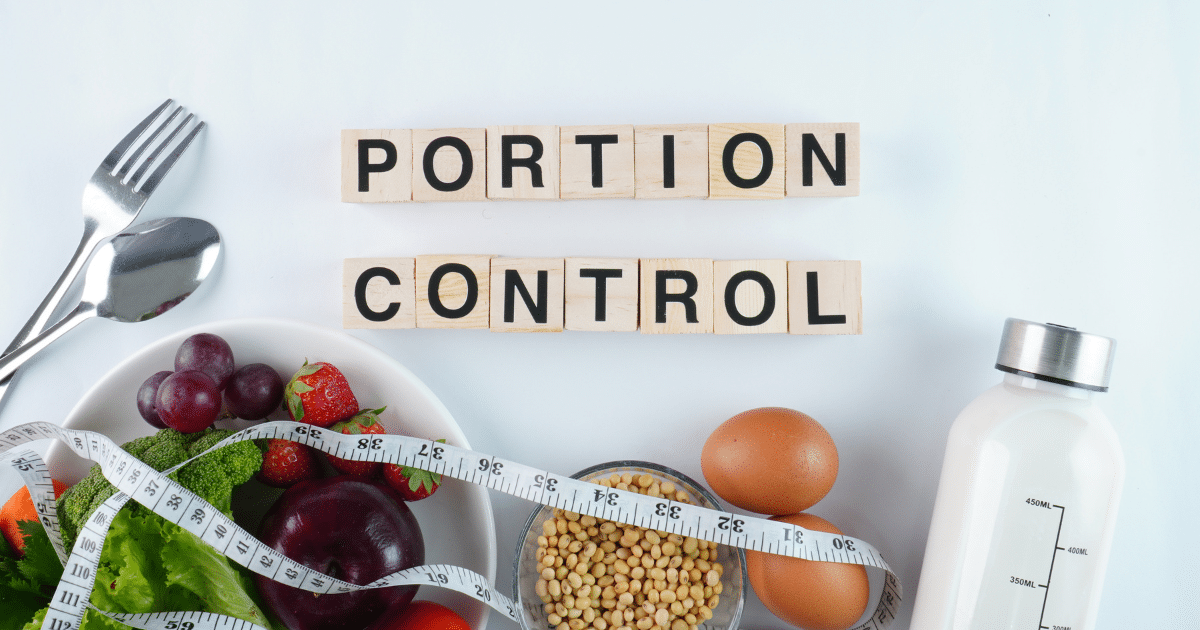
Yes, portion control is highly individual. The right amount of food for one person can be too much or too little for another, and your own needs can change over time.
Several key factors determine your unique energy needs. Understanding them is the first step to personalizing your portions for effective fat loss.
- Energy Requirements: Your daily calorie needs are influenced by your age, weight, height, and gender. An active person requires larger portions than someone with a sedentary lifestyle to fuel their activity.
- Metabolism: Your Basal Metabolic Rate (BMR), the calories your body burns at rest, varies. A faster metabolism means you can consume more without gaining weight.
- Health Conditions: Conditions like diabetes or cardiovascular issues often require precise portion management to control blood sugar and nutrient intake.
- Weight Goals: Your portion sizes must align with your goals. For weight loss, you need a calorie deficit, which means smaller portions. For muscle gain, you’ll need larger portions to create a calorie surplus.
- Activity Level: One of the biggest variables is your physical activity. To get a personalized estimate of your daily needs, you can use a Total Daily Energy Expenditure (TDEE) calculator, which you can easily find online.
For a more precise approach, I often recommend my clients use an app like MyFitnessPal for a short period. Tracking your intake helps you connect the food on your plate to your specific energy targets.
Give These Portion Control Tips a Try to Help Better Manage Your Weight
If you’re trying to lose or manage your weight, mastering portion control during meals is essential. Below are some of my go-to tips that can help you feel in control and finally put the fork down.
1. Browse the buffet before grabbing a plate
We’ve all fallen victim to the buffet effect. But there’s a simple way to avoid overfilling your plate. Before you even touch a dish, do a full walkthrough of all the options available.
By scoping out the choices first, you can create a mental game plan. This strategy helps you make conscious decisions about what you truly want to eat instead of impulsively grabbing anything that looks good. You can prioritize healthier options like salads and lean proteins first, leaving less room for high-calorie dishes.
This little bit of planning helps with portion control and prevents you from needing to loosen your belt before you even get to dessert.
2. Stop eating food from a bag
Eating snacks like chips directly from a large bag is a recipe for mindless overconsumption. Without a visual cue, it’s nearly impossible to know if you’ve eaten one serving or five.
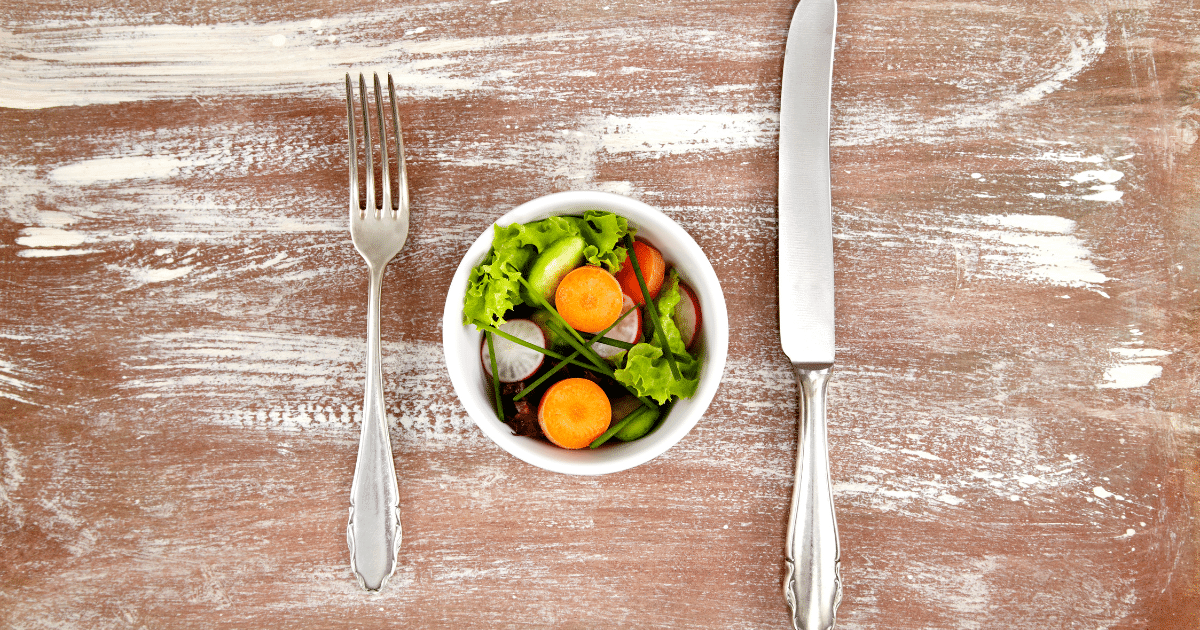
To gain control, always portion out your snack onto a plate or into a small bowl. Take a moment to read the nutrition label to see what an actual serving size is. Then, reseal the bag and put it away. This simple act creates a powerful barrier against mindless munching.
If you’re packing a lunch, portion your snack into a small reusable bag instead of taking the entire package. This removes the temptation to keep reaching for more.
3. Don’t eat in front of the television
I’ll be the first to admit I used to do this all the time. Eating while watching TV, scrolling on your phone, or working on a computer is known as “distracted eating,” and it’s a major barrier to portion control.
Studies published in the American Journal of Clinical Nutrition have shown that people who eat while distracted consume more calories in that meal and are also more likely to snack more later in the day.
When you’re not paying attention to your food, you miss your body’s fullness cues. Instead, turn off the screens and focus on your meal. This practice, known as mindful eating, helps you recognize when you’re satisfied, not stuffed. Use that time to relax or plan the rest of your day.
4. Split your restaurant meals in half
Restaurant portions are notoriously oversized. In fact, some entrées at popular chains can contain more calories than you need in an entire day.
To combat this, make a habit of asking for a to-go box as soon as your meal arrives. Before you take your first bite, portion half of the meal into the container and set it aside. This simple act accomplishes two things.
First, you gain immediate portion control and avoid the temptation to clean your plate. Second, you now have another complete meal ready for lunch or dinner the next day. A $20 meal instantly becomes two $10 meals, which is a clear win for both your health and your wallet.
5. Use a smaller plate
This is one of the most effective psychological tricks for portion control. Using a smaller plate, such as a salad plate instead of a large dinner plate, can make a standard portion of food appear much larger.
This visual cue is based on the Delboeuf illusion, where the same size circle looks bigger when surrounded by a smaller circle. Research from Cornell University confirmed that people tend to eat more when using larger plates because the portion looks smaller. A 2021 review found this method most effective when you also use smaller bowls and cutlery.
By switching to smaller dinnerware, you trick your brain into feeling satisfied with less food. Just be sure to stick to that single plate and avoid going back for seconds.
Portion Control FAQs
How long does it take to get used to smaller portions?
It typically takes about one to two weeks for your body and mind to adjust. During this time, your stomach will physically adapt to less volume, and your brain will get used to the new visual cues of what a satisfying meal looks like.
Can I still eat my favorite foods with portion control?
Absolutely. Portion control is about balance, not deprivation. You can enjoy higher-calorie foods like cake or pizza by having a smaller slice and balancing it with healthier choices throughout the day. Pre-portioning these treats is an effective strategy.
Is portion control more important than a calorie deficit for weight loss?
A calorie deficit is the fundamental principle of weight loss. Portion control is one of the most effective tools to help you achieve and maintain that deficit without feeling overly restricted. By managing your portions, you naturally control your calorie intake.


*Disclosure: This article may contain affiliate links or ads, which means we earn a small commission at no extra cost to you if you make a purchase through these links. These commissions help support the operation and maintenance of our website, allowing us to continue producing free valuable content. Your support is genuinely appreciated, whether you choose to use our links or not. Thank you for being a part of our community and enjoying our content.
PLEASE CONSIDER SHARING THIS ON YOUR SOCIAL MEDIA TO HELP OTHERS LEARN MORE ABOUT THIS TOPIC.


